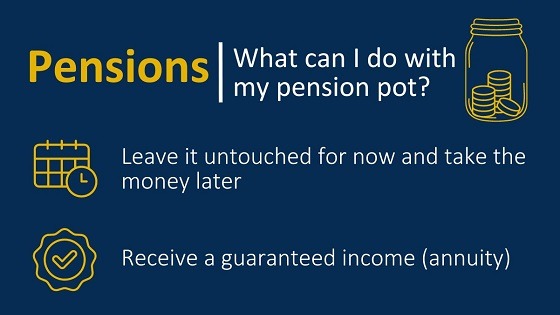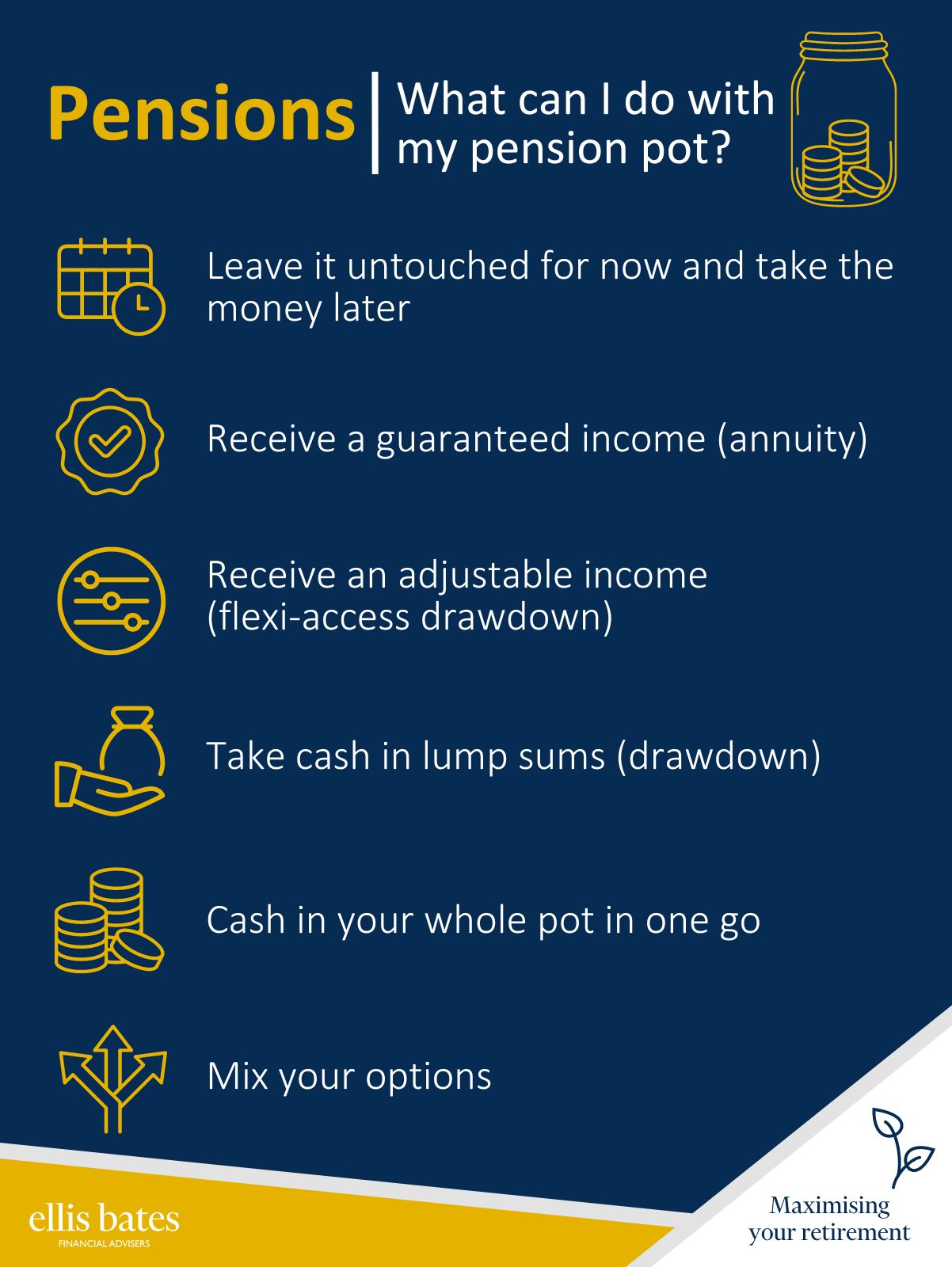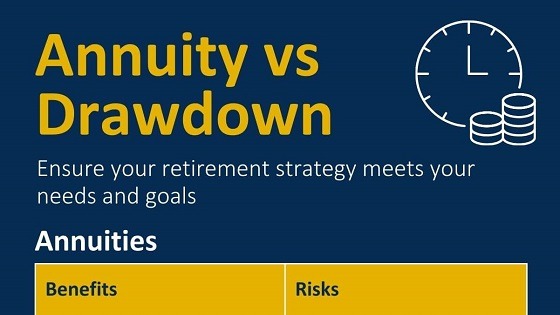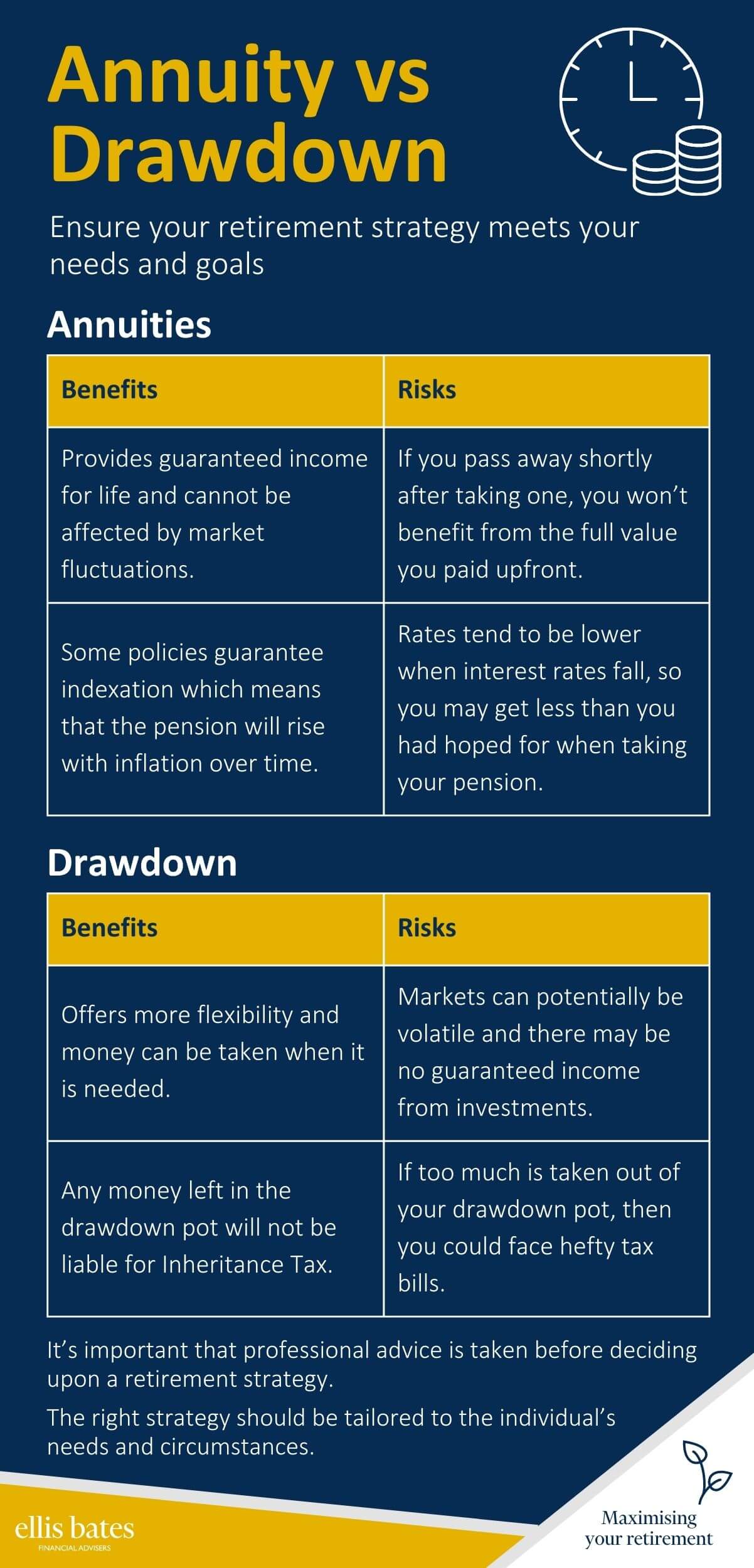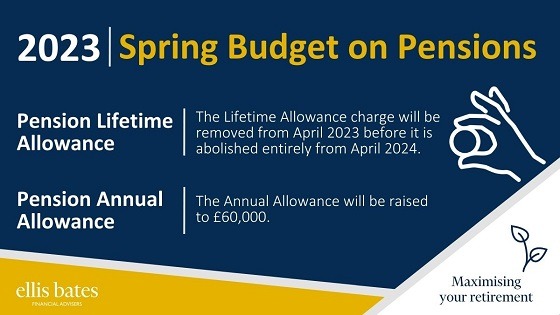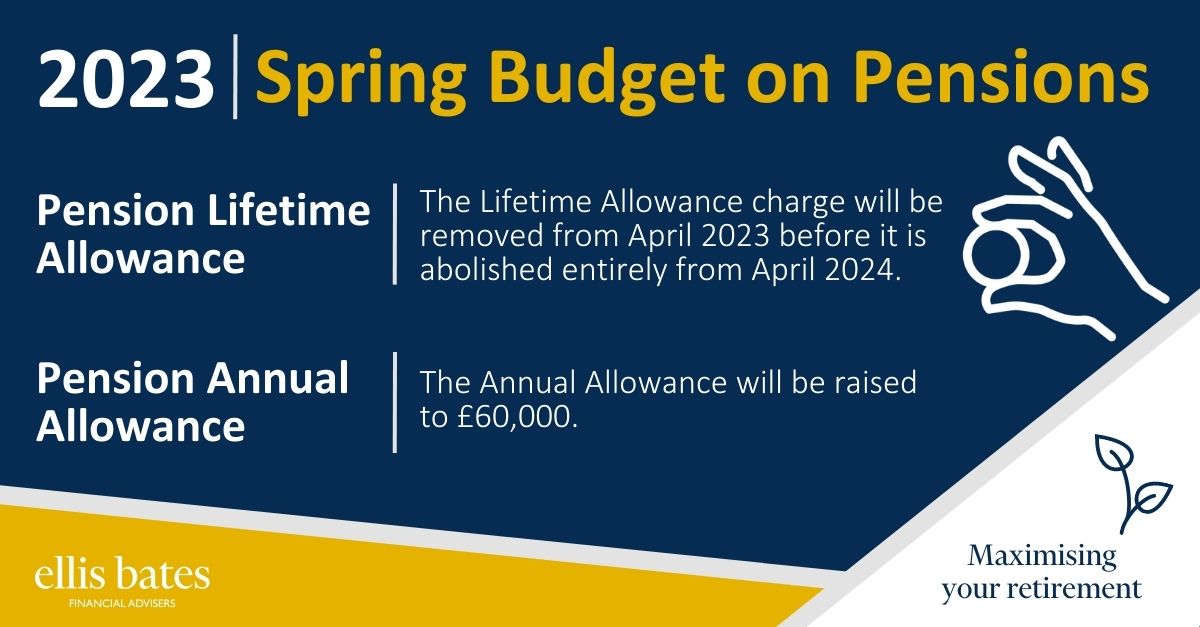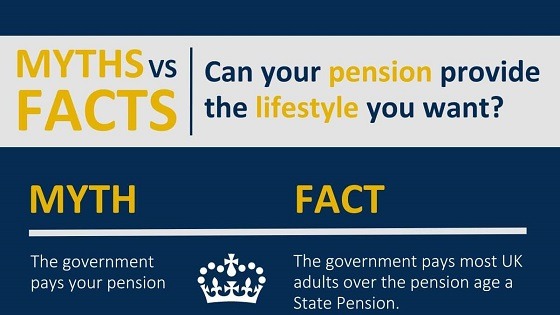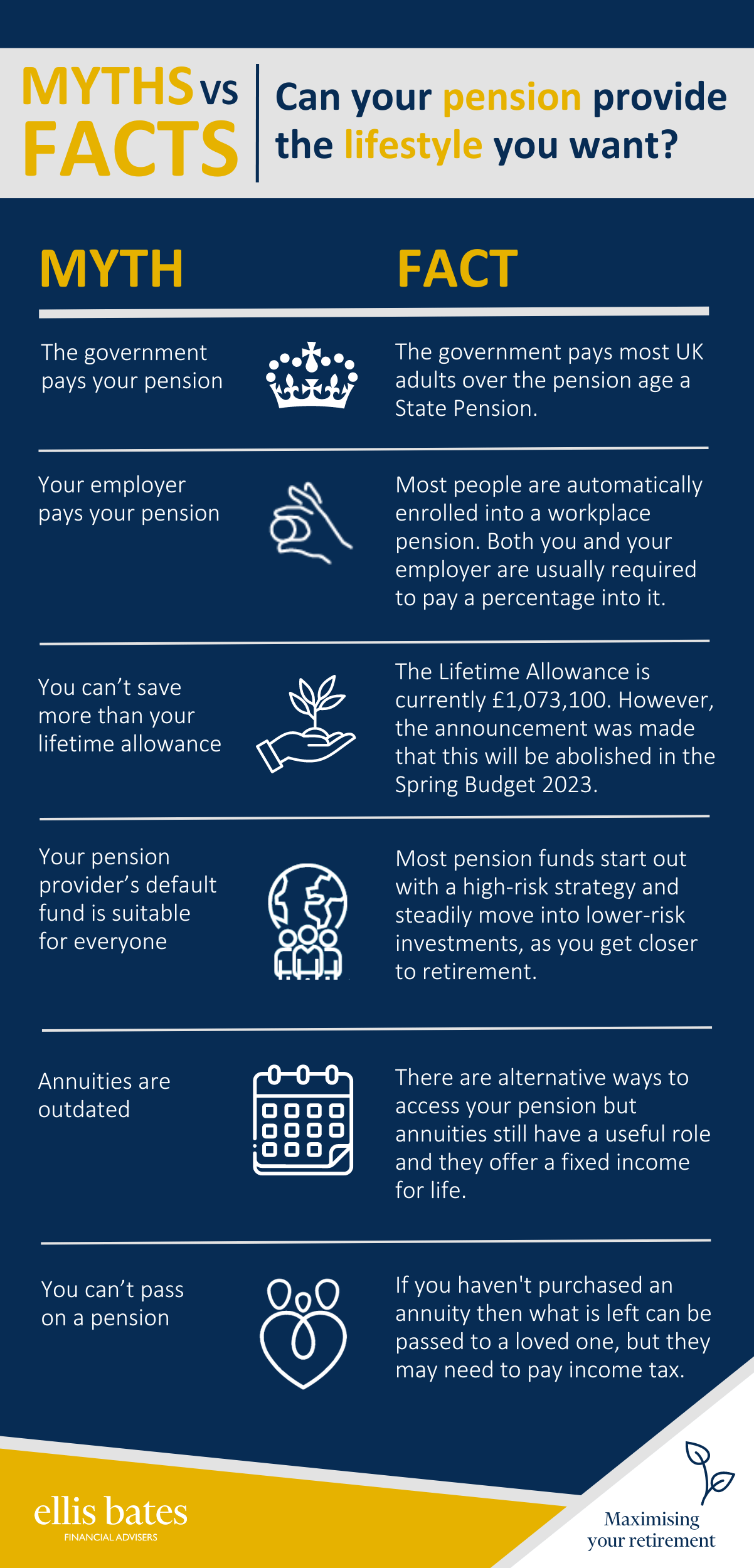State Pension boost to deadline extended to April 2025
https://www.ellisbates.com/wp-content/uploads/2023/01/State-Pension-changes.jpg 560 315 Jess Easby Jess Easby https://secure.gravatar.com/avatar/70f816837c455030814d46a740cfc12d89893aaf8cbf8c8f8f59387d7b30ac08?s=96&d=mm&r=gCheck you are entitled to full State Pension, deadline extended for topping any missing National Insurance Contributions.
The deadline to top up missing national insurance years between 2006 and 2016 has been extended to 5th April 2025, with the price of doing so remaining frozen at current costs during this period. This means that you will have more time to check your record and see if you can increase your State Pension when its time to claim.
Thanks to ‘transitional arrangements’ brought in when the new state pension system started in 2016, you have the opportunity to check your NI forecast and make any adjustments necessary.
Why NI years are important in calculating the amount of State Pension you will receive
The maximum amount of full State Pension you can receive as of April 2023 is £203.85 a week, but how much you will get depends on how many ‘qualifying’ NI years you have.
Many will likely need 35-40 qualifying NI years, and the ‘transitional arrangements’ mean you can pay extra contributions to plug any gaps in your NI record dating back to 2006.
If you are male and born after 5 April 1951 and female and born after 5 April 1953 you have until 5 April 2025 to buy additional contributions, after which you can only fill gaps going back six tax years.
If you were born before these dates, you have up to 6 years after you reach State Pension age to top up contributions and to increase your State Pension.
Step 1
If you have not yet reached state pension age, go to the State Pension Forecast Calculator to check out your NI payments record https://www.gov.uk/check-state-pension
Step 2
Consider buying extra contributions for any gaps showing on your record.
The standard cost of buying ‘Class 3’ National Insurance contributions is £15.85 for a week of missing contributions in the 2022-23 tax year. It would cost you £824.20 for an entire year.
If you are looking to fill gaps that occurred in the past two tax years, you would pay the rate from those years. Voluntary contributions for gaps in 2021-22 cost £15.40 per week, for gaps in 2020-21, the cost is £15.30 per week.
For those able to fill gaps between 2006 and 2016 (men born after 5 April 1951 and women born after 5 April 1953), the cost for a week is £15.40.
Step 3
Who should buy additional contributions?
If you are close to State Pension age and do not have enough qualifying years to get the full State Pension
If you know you are going to ‘run out of time’ during the remainder of your working life to be able to secure the necessary number of qualifying years to receive the full State Pension
If you are self-employed and don’t have to pay Class 2 contributions because you have low profits or live outside the UK, but you want to qualify
It is always important to seek qualified, independent financial advice when planning for your retirement or when trying to calculate your retirement income.


